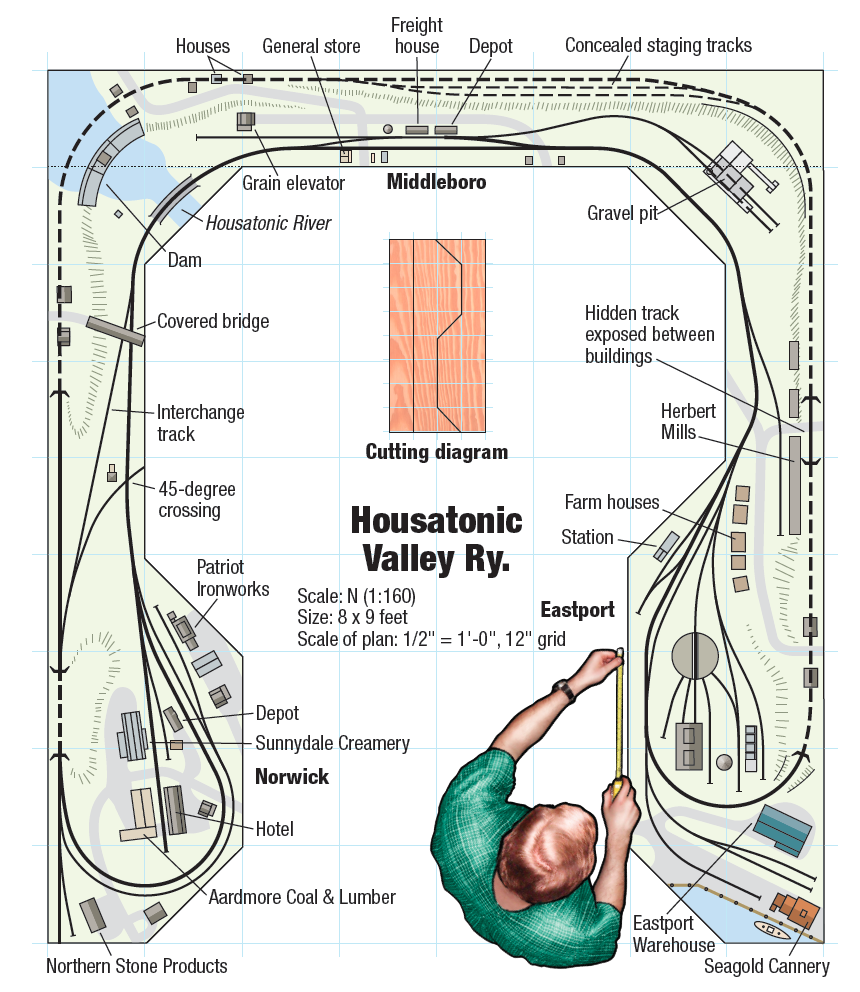
N scale model railroads are often small layouts based on 4 x 8-foot sheets of plywood, for obvious reasons. A flat tabletop is a lot easier to build than L-girder benchwork, and almost any home has room for a 4 x 8 table at one side of a bedroom or basement. Great things have been […]
Read More…
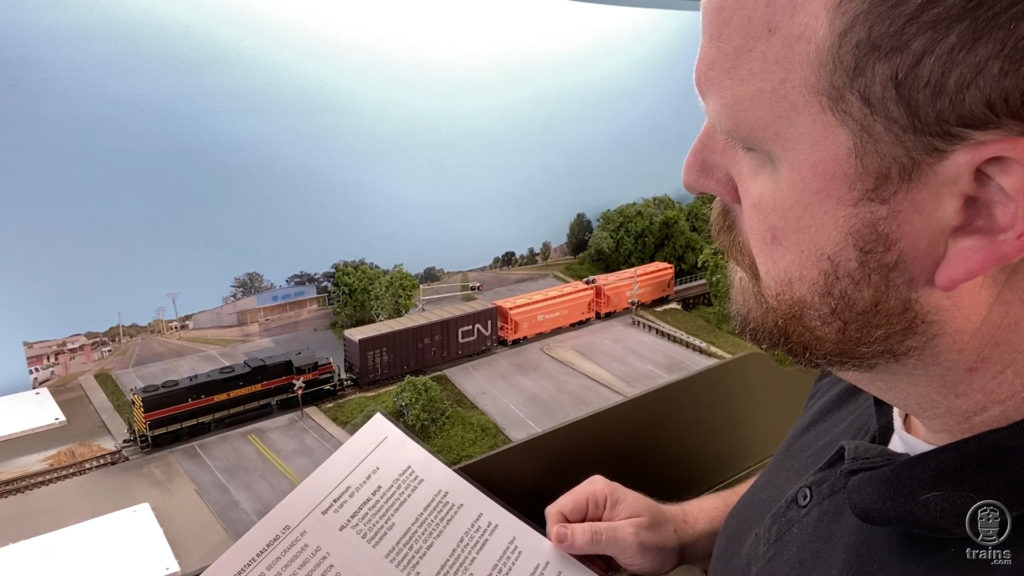
Shall we play a game? Host James McNab is up for a round of Operations on his HO scale Hills Line layout! In this episode, he works from a perspective inside the cab of a locomotive to explain some of the prototype procedures crews follow to make running his small model railroad so interesting. […]
Read More…
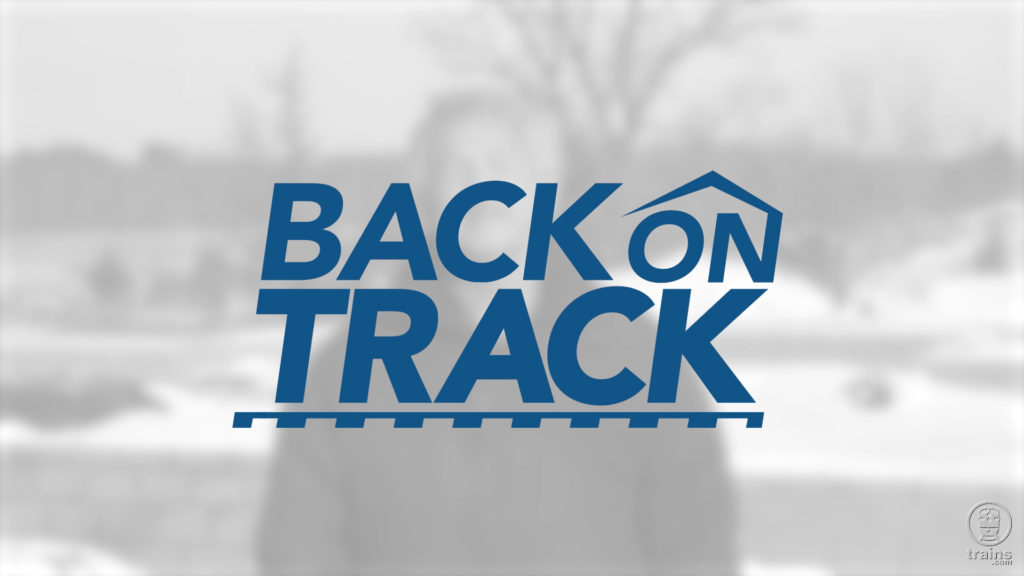
From his Off The Rails series, we’ve discovered that Master Model Railroader Gerry Leone is quite prone to getting derailed. And ever since he’s torn down his model railroad, we’ve had even more reason to wonder about him. But no need to worry, he’s right Back On Track constructing a new home…and a new layout […]
Read More…
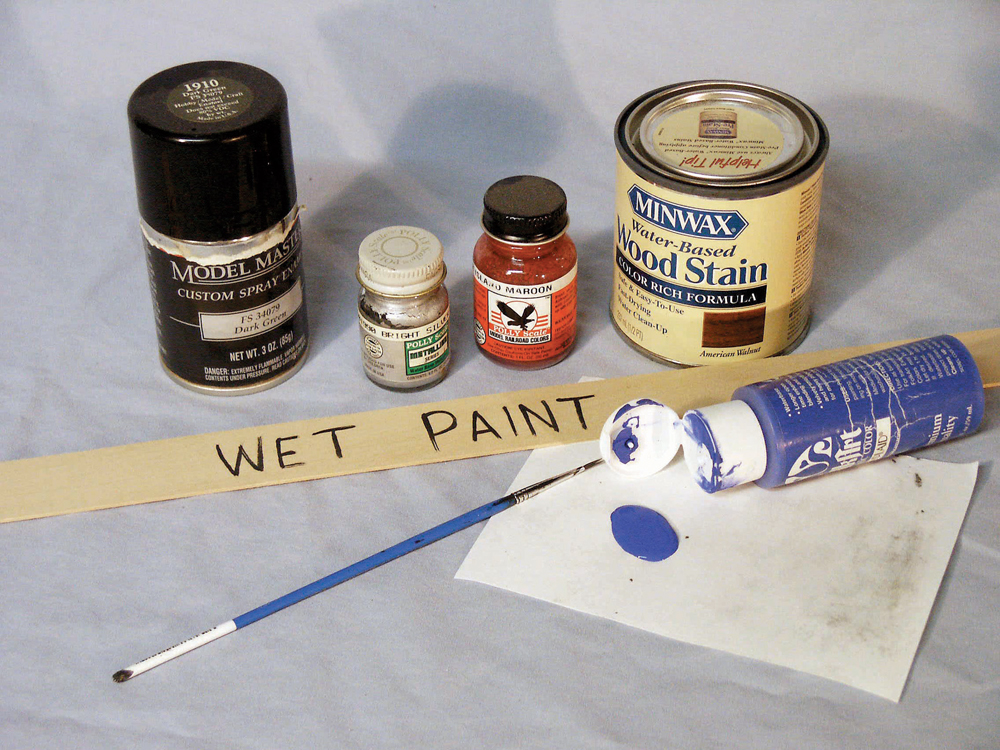
There are three basic ingredients to any paint: the pigment, the binder, and the solvent. The pigment is what gives the paint its color. These are either synthetic or organic, depending on the desired color. The binder does just as the name suggests. Its job is to hold everything together once the paint dries. The […]
Read More…

Have you ever been curious as to just how fast your locomotives can travel and what will happen if a speeding train encounters a sharp curve? With a stretch of straight track to accelerate on, and an O-27 curve at the end, you can usually find out. But the question remains: Just how fast can […]
Read More…
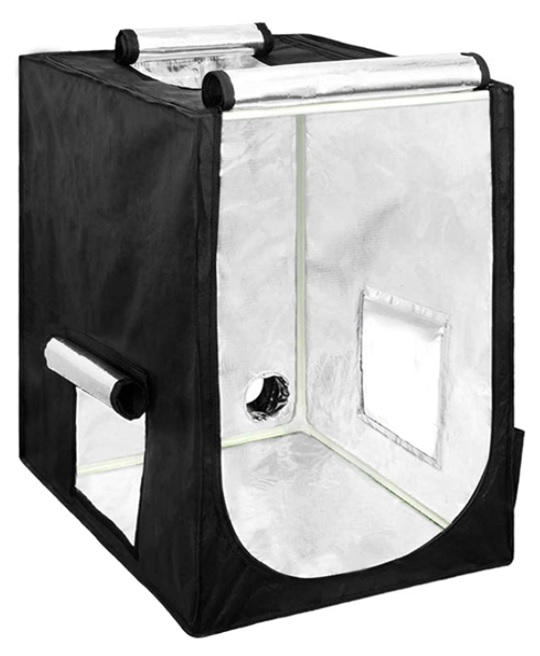
3-D print problem I stopped using my 3-D printers for a couple of months, then recently printed a part and noticed that the layers were not adhering as I expected. Under a microscope I could see tiny particles that prevented proper adhering of the material. I found that everything else had dust on it. I […]
Read More…
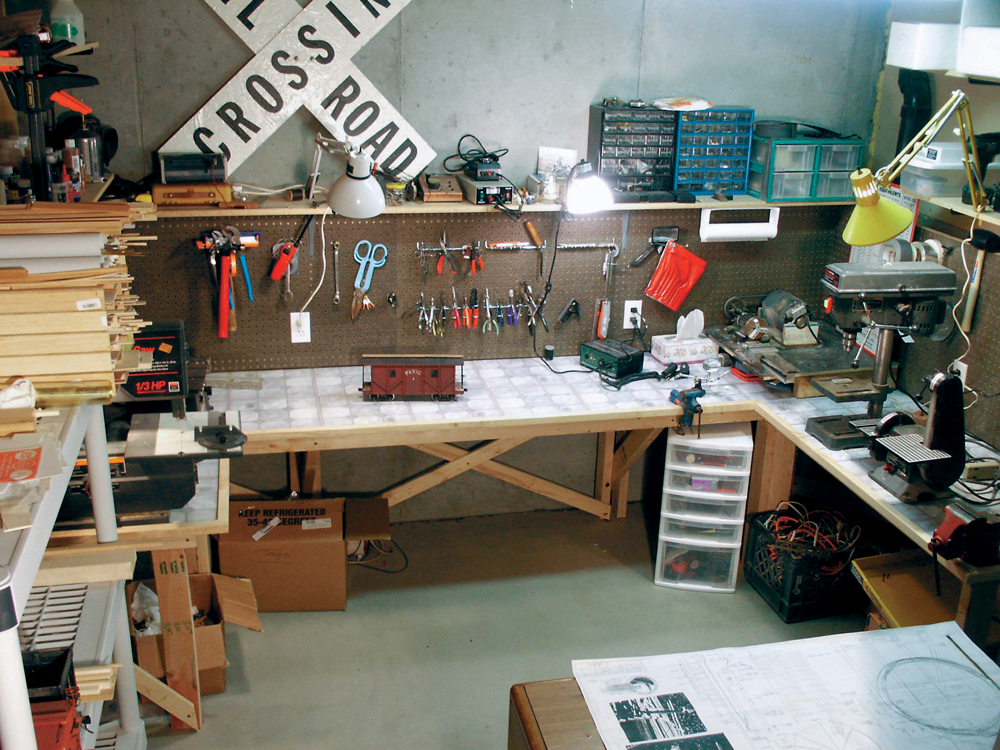
Garden railroad workshops come in all shapes and sizes. What is important about the workshop is that the work surface be large enough to accommodate whatever it is you want to work on without knocking into your stash of tools, paint and glue bottles, or anything else. Make sure your workbench is sturdy. The height […]
Read More…

Narrow gauge modeler Gregg Condon presents a simple way to make model railroad scenery right at your workbench. In this quick-tip video, you’ll see how realistic model railroad scenes can be crafted from a comfortable, seated position, with all of your supplies right at hand! […]
Read More…
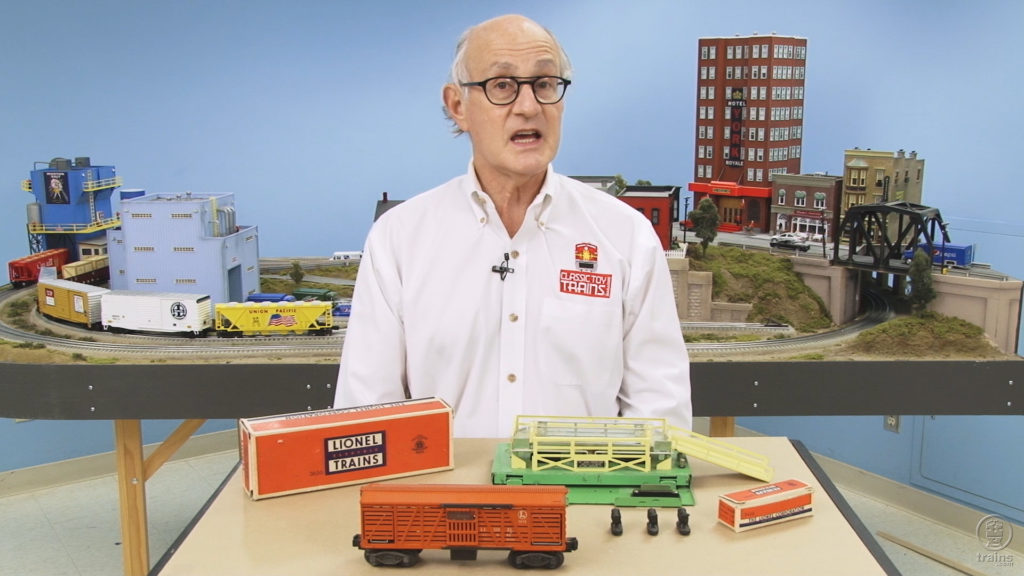
Class is now in session! This period, Professor Roger Carp leads the lecture regarding the Lionel Trains post-war era Operating Cattle Car and Corral. CTT Editor Hal Miller also offers up insights on the operation of the beloved accessory. For even more info on the Cattle Car, read the March 2021 issue of Classic Toy Trains magazine. […]
Read More…

The layout at a glance Name: Karlberg Scale: HO (1:87.1) Size: 15″ x 9′-0″ Theme: generic granger road Locale: upper Midwest Era: 1950s Style: shelf Mainline run: 8 feet Minimum radius: 30″ Minimum turnout: no. 5 Maximum grade: 4 percent (interchange) Benchwork: tabletop Height: 54″ Roadbed: Homasote Track: Micro Engineering code 55 Scenery: extruded-foam insulation board Backdrop: photographs Control: Digitrax Digital Command Control plus ProtoThrottle See a PDF version of this […]
Read More…
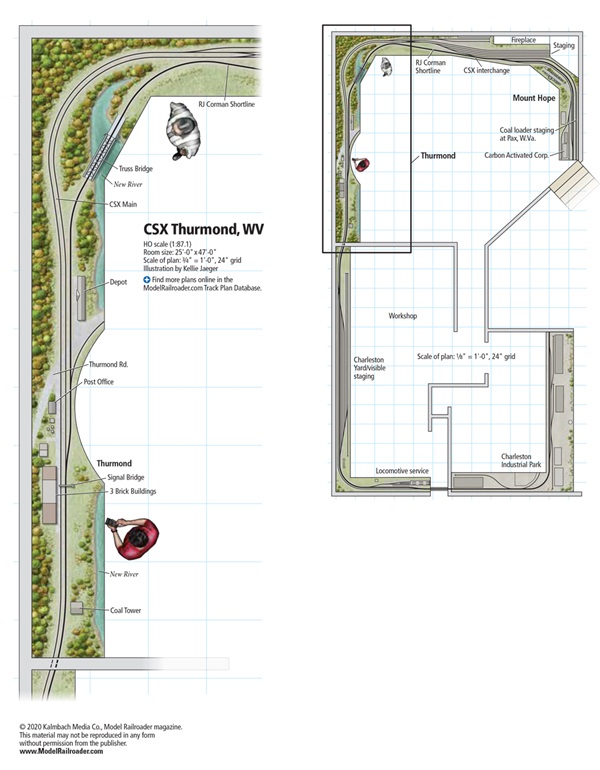
Layout at a glance Name: CSX Thurmond, W.Va. Scale: HO (1:87.1) Size: 25 x 47 feet Prototype: proto-freelanced CSX Locale: Thurmond, W.Va. Era: Present day Style: Shelf Minimum radius: 32″ main, 24″ in industrial park and RJ Corman shortline Minimum turnout: no. 6 Maximum grade: none Benchwork: box girder Height: 56″ Roadbed: birch plywood Track: Peco code 83 flextrack Scenery: extruded-foam insualtion board Backdrop: hand-painted on medium-density fiberboard Control: NCE wireless Digital […]
Read More…
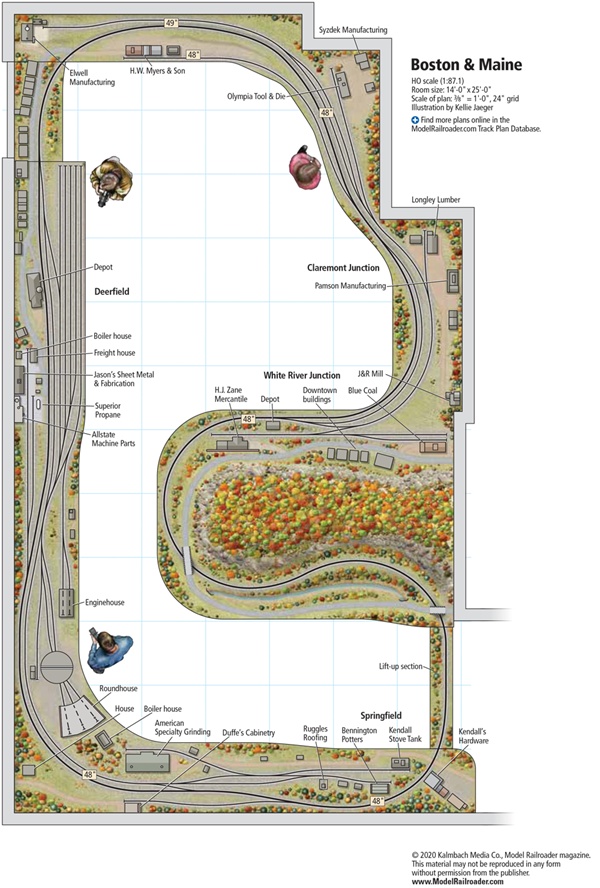
The layout at a glance Name: Boston & Maine Scale: HO (1:87.1) Size: 14 x 25 feet Prototype: Boston & Maine Locale: Springfield, Mass., to White River Junction, Vt. Era: Autumn, late 1950s Style: around-the-walls Mainline run: 80 feet Minimum radius: 32” Minimum turnout: no. 5 Maximum grade: less than 1 percent Benchwork: L-girder Height: […]
Read More…












